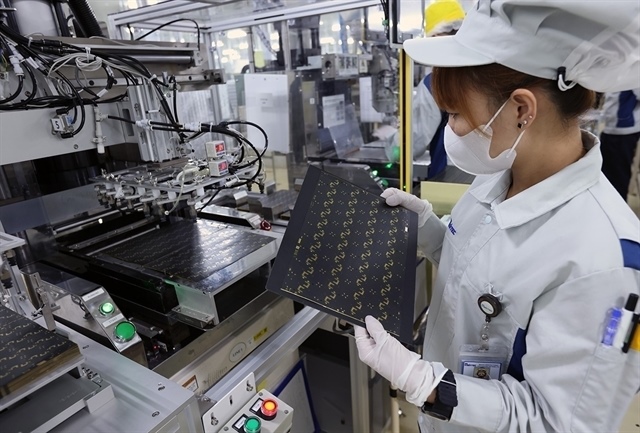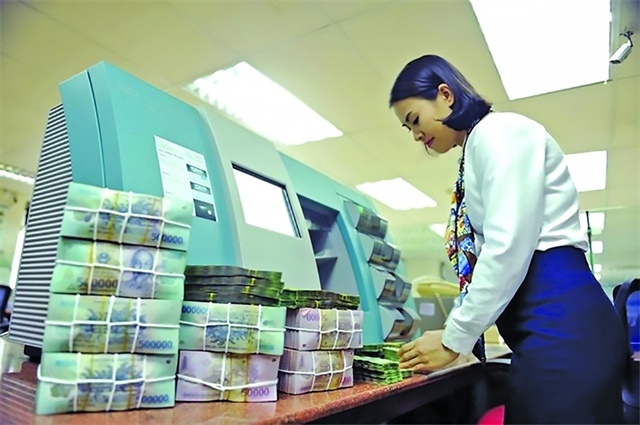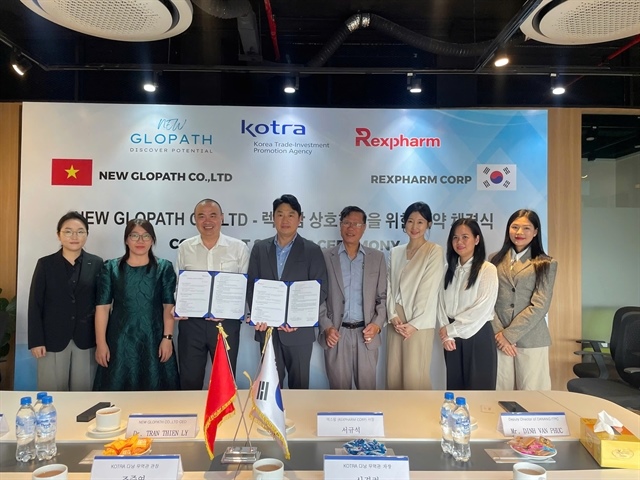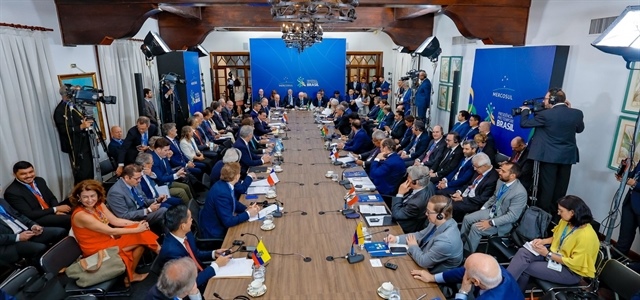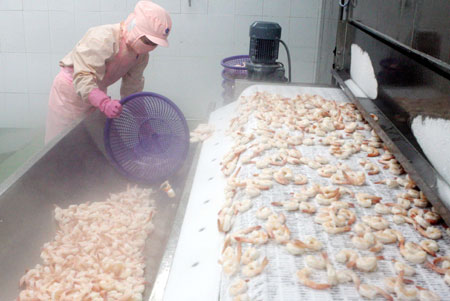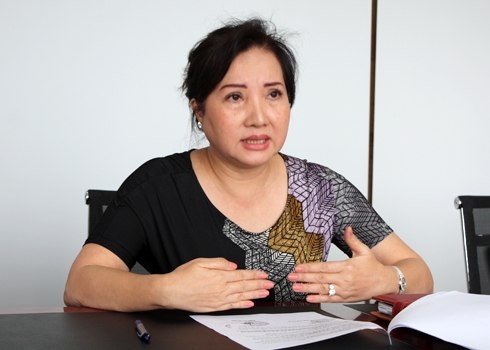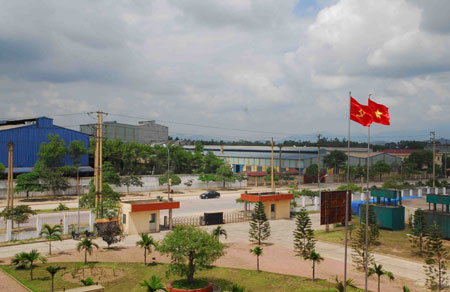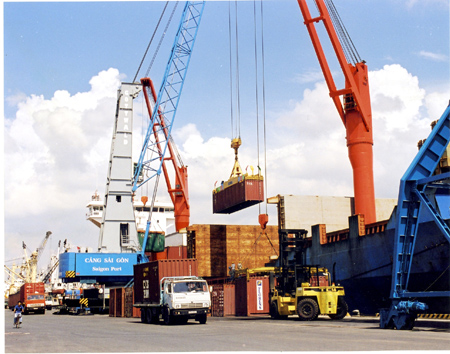Major challenges face Vietnamese tra fish
Major challenges face Vietnamese tra fish
Vietnamese tra (Pangasius) fish may no longer be a leading staple in the global market in the near future because it must now compete with other rivals for the lion’s share of the market.
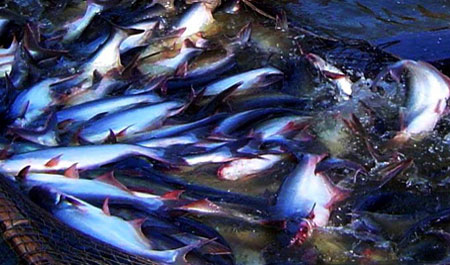
Threat to Vietnam’s leading position
Over the past decade, naturally farmed Tra fish from the Mekong River Delta has emerged as one of Vietnam’s key export products.
The volume of farmed Tra fish has increased by 50 times, surpassing 1 million tonnes annually. The species has been exported to 142 countries and territories across the globe, with its export value increasing 65-fold and generating 2% of Vietnam’s national GDP.
The product is part and parcel of Vietnam’s national fisheries development strategy because great amounts can be produced using only 6,000ha of water, which is only 1% of that required for shrimp farming. It is highly competitive on the global market, creates tens of thousands of jobs, and contributes to the country’s economic restructuring, especially in the rural Mekong Delta.
Vietnamese Tra fish is considered an "exclusive" item in the world market, which means it sells for a high price. However, the Vietnamese product is currently coping with price gauging by foreign competitors.
The Ministry of Industry and Trade has admitted that Vietnamese Pangasius is increasingly losing its global competitiveness due to unhealthy competition among domestic businesses, anti-dumping lawsuits and poor quality.
Fierce competition
Vietnam is struggling to gain the lion’s share of the market as it faces fierce competition from other regional Tra fish producers and processors such as Thailand, Cambodia, Laos, the Philippines and Indonesia. These rivals are expanding their aquaculture acreage to take advantage of the industry’s obvious economic prospects.
The Filipino Department of Trade and Industry recently approved a US$15.8 million Pangasius farming project, aiming to earn US$23 million in export revenue by 2016.
The Philippines also plans to reserve 270ha of water for Pangasius farming, employ 2,700 workers, and produce 614 tonnes of fillets per month.
Indonesia does not want to lose out to its neighbours and its General Director in charge of aquaculture under the Ministry of Marine Affairs and Fisheries (MMAF), Slamet Soebjakto, said that like the Mekong River, the Batanghari River that runs across the central Indonesian province of Jambi holds great potential for Pangasius farming, and he wants to turn it into one of the country’s largest aquaculture centres.
Slamet even disclosed Indonesia’s ambitious plan to exploit Indonesia’s rivers, lakes, reservoirs, ponds and artificial lakes so it will become the world’s largest fish producer in the future. He said the MMAF has chosen Pangasius as one of the key staple products for industrialising Indonesia’s aquaculture industry.
Experts say Indonesia’s potential and fish resources can be compared to that of Vietnam, and if Indonesia takes full advantage of its transferred technology and local labour, it will not be long before the country surpasses Vietnam in Pangasius production.
vir


